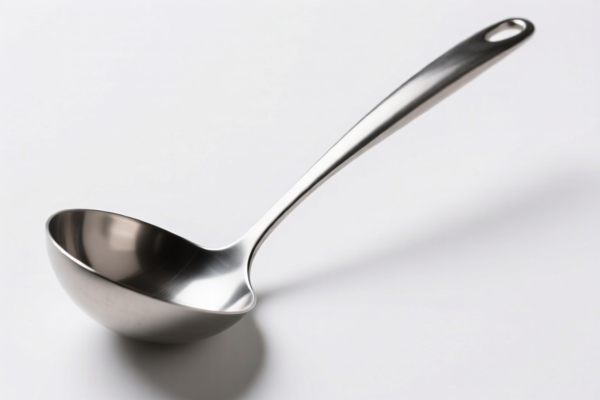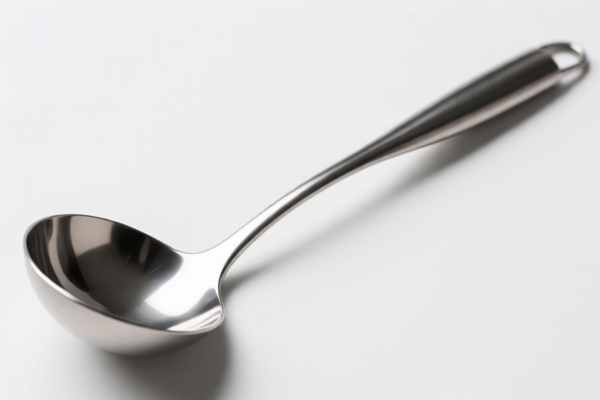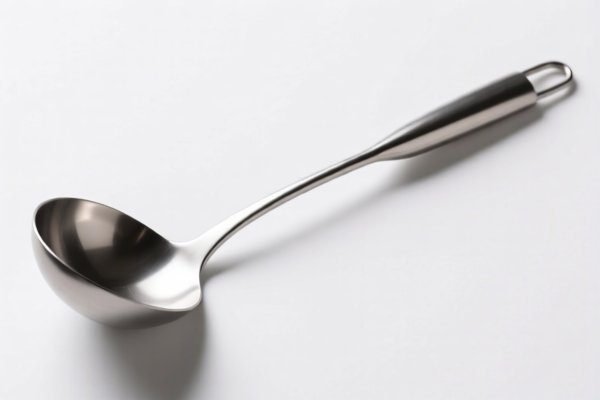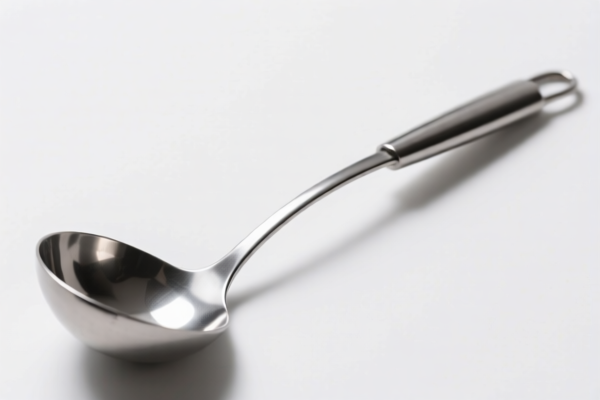| HS Code | Official Doc | Tariff Rate | Origin | Destination | Effective Date |
|---|---|---|---|---|---|
| 8487900080 | Doc | 83.9% | CN | US | 2025-05-12 |
| 8487900040 | Doc | 58.9% | CN | US | 2025-05-12 |




Lathe
A lathe is a machine tool that rotates a workpiece on its axis to be shaped by removing material with various cutting tools. It is a fundamental tool in machining, used for creating cylindrical, conical, and other rotationally symmetric forms.
Material
Lathes can work with a wide range of materials, including:
- Metals: Steel, brass, aluminum, copper, and alloys are commonly machined on lathes.
- Wood: Wood lathes are specifically designed for shaping wood.
- Plastics: Various plastic materials can be turned.
- Composites: Some lathes are equipped to handle composite materials.
Purpose & Function
The primary purpose of a lathe is to shape and size materials. This is achieved through several functions:
- Turning: Reducing the diameter of a workpiece.
- Facing: Creating a flat surface perpendicular to the axis of rotation.
- Drilling: Creating holes in the workpiece.
- Boring: Enlarging existing holes.
- Threading: Cutting helical grooves to create screw threads.
- Knurling: Creating patterned surfaces for grip.
- Grooving: Cutting narrow recesses.
- Parting: Cutting off a finished section of the workpiece.
Usage Scenarios
Lathes are used in a vast array of industries:
- Manufacturing: Production of precision parts for various machinery.
- Automotive: Manufacturing engine components, shafts, and other parts.
- Aerospace: Production of aircraft components requiring high precision.
- Woodworking: Creating furniture legs, spindles, and decorative items.
- Metalworking: Production of custom metal parts and repairs.
- Prototyping: Creating initial models and samples.
- Education: Teaching machining principles.
Common Types
- Engine Lathe: The most basic type, manually operated with various feed mechanisms.
- Turret Lathe: Features a rotating turret to hold multiple cutting tools, enabling quick tool changes.
- CNC Lathe (Computer Numerical Control Lathe): Automated lathes controlled by computer programs for high precision and repeatability. These can range from simple 2-axis machines to complex multi-axis machines with live tooling.
- Toolroom Lathe: High-precision lathe used for tool and die making.
- Special Purpose Lathes: Designed for specific tasks, such as crankshaft turning or wheel turning.
- Wood Lathe: Specifically designed for wood turning, often with higher rotational speeds.
- Vertical Lathe (Vertical Turning Center - VTC): Workpiece is mounted vertically, suitable for large, heavy parts.
Lathe parts, not containing electrical connectors, insulators, coils, contacts or other electrical features, and not specified or included elsewhere in this chapter may fall under the following classifications:
- 8487900080: Machinery parts, not containing electrical connectors, insulators, coils, contacts or other electrical features, and not specified or included elsewhere in this chapter: Other. This HS code covers a broad category of machinery parts that do not have electrical components and are not specifically listed elsewhere. The base tariff is 3.9%, with an additional 25.0% tariff, increasing to 30% after April 2, 2025. A further 25% tariff applies to steel and aluminum products. The total tariff rate is 83.9%.
- 8487900040: Machinery parts, not containing electrical connectors, insulators, coils, contacts or other electrical features, and not specified or included elsewhere in this chapter: Other Oil seals, other than those of chapter 40. This HS code specifically covers oil seals used in machinery, excluding those classified under chapter 40. The base tariff is 3.9%, with an additional 25.0% tariff, increasing to 30% after April 2, 2025. The total tariff rate is 58.9%.
According to the provided reference material, the HS code options related to 'lathe' are limited, with only the following 2 found.
Please note that for HS code 8487900080, products made of steel or aluminum will be subject to an additional 25% tariff.
Customer Reviews
No reviews yet.